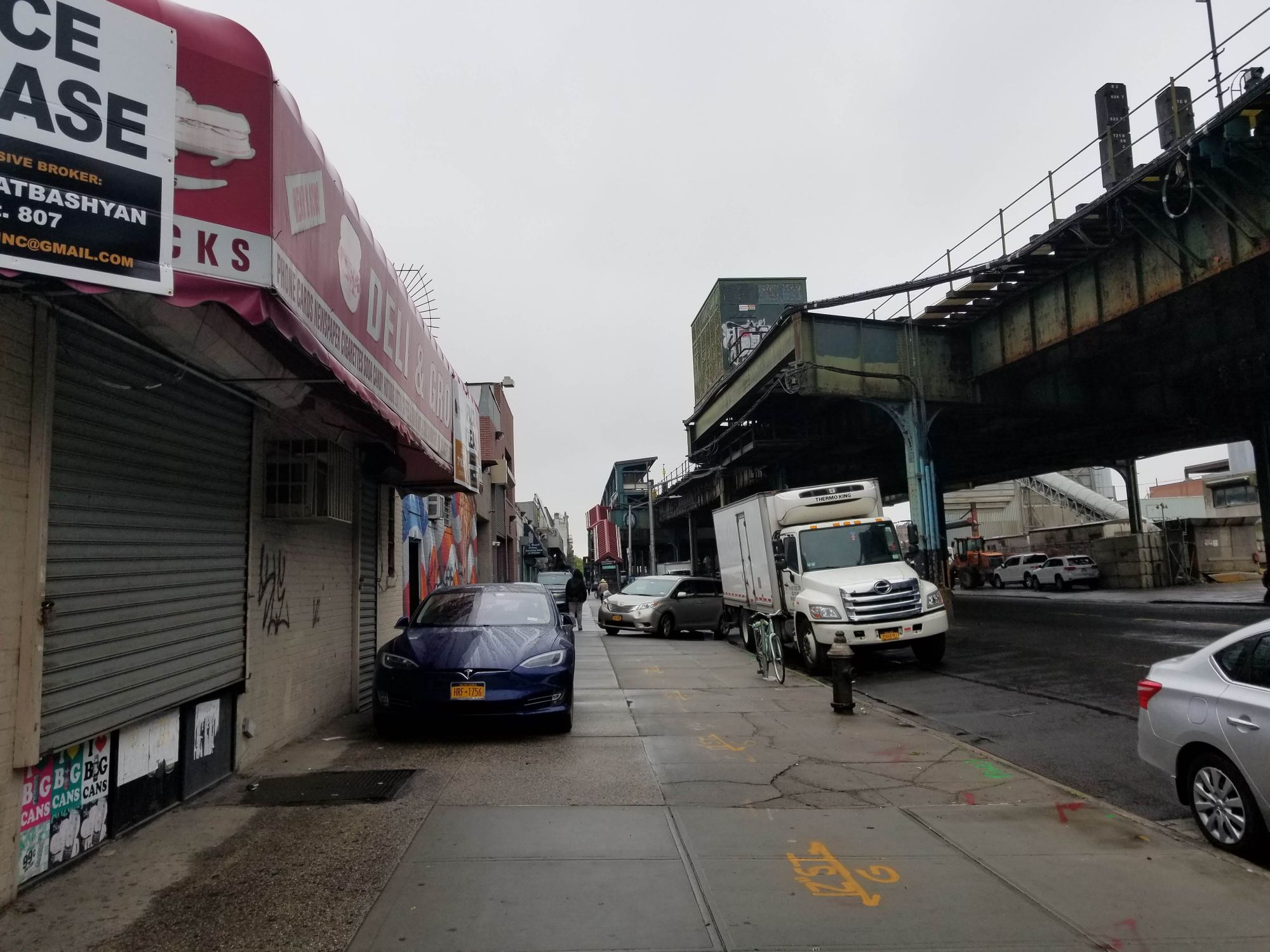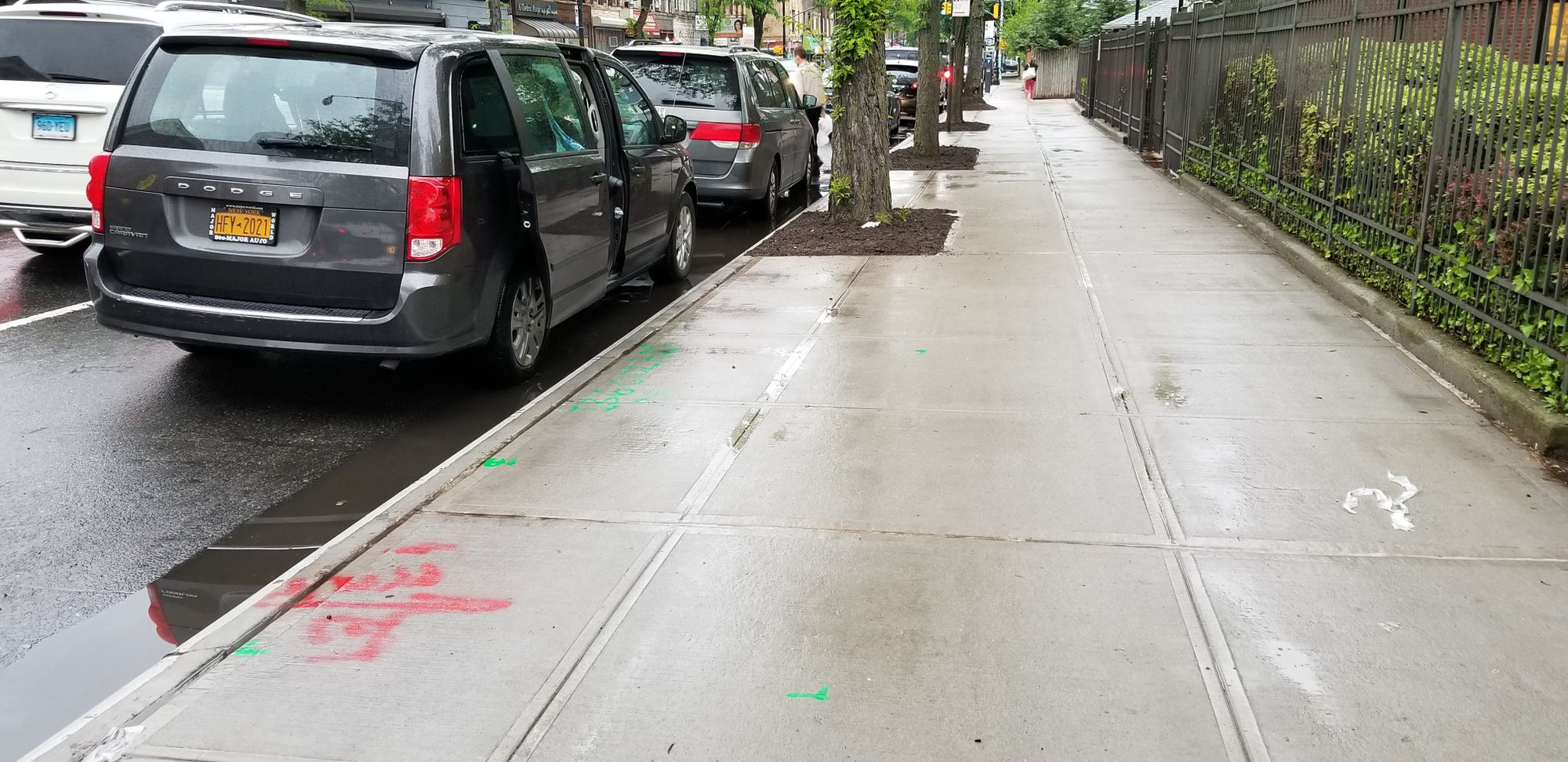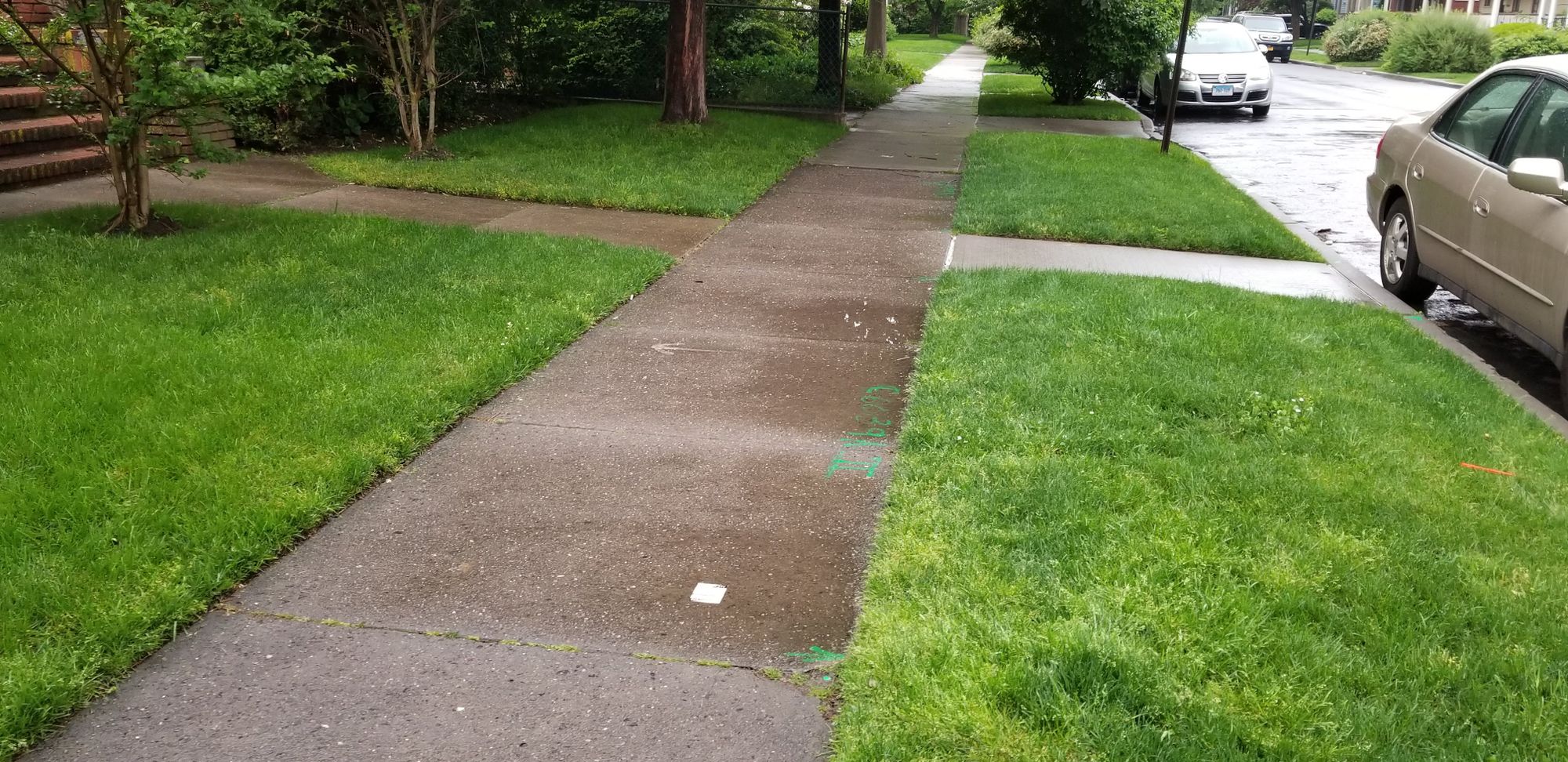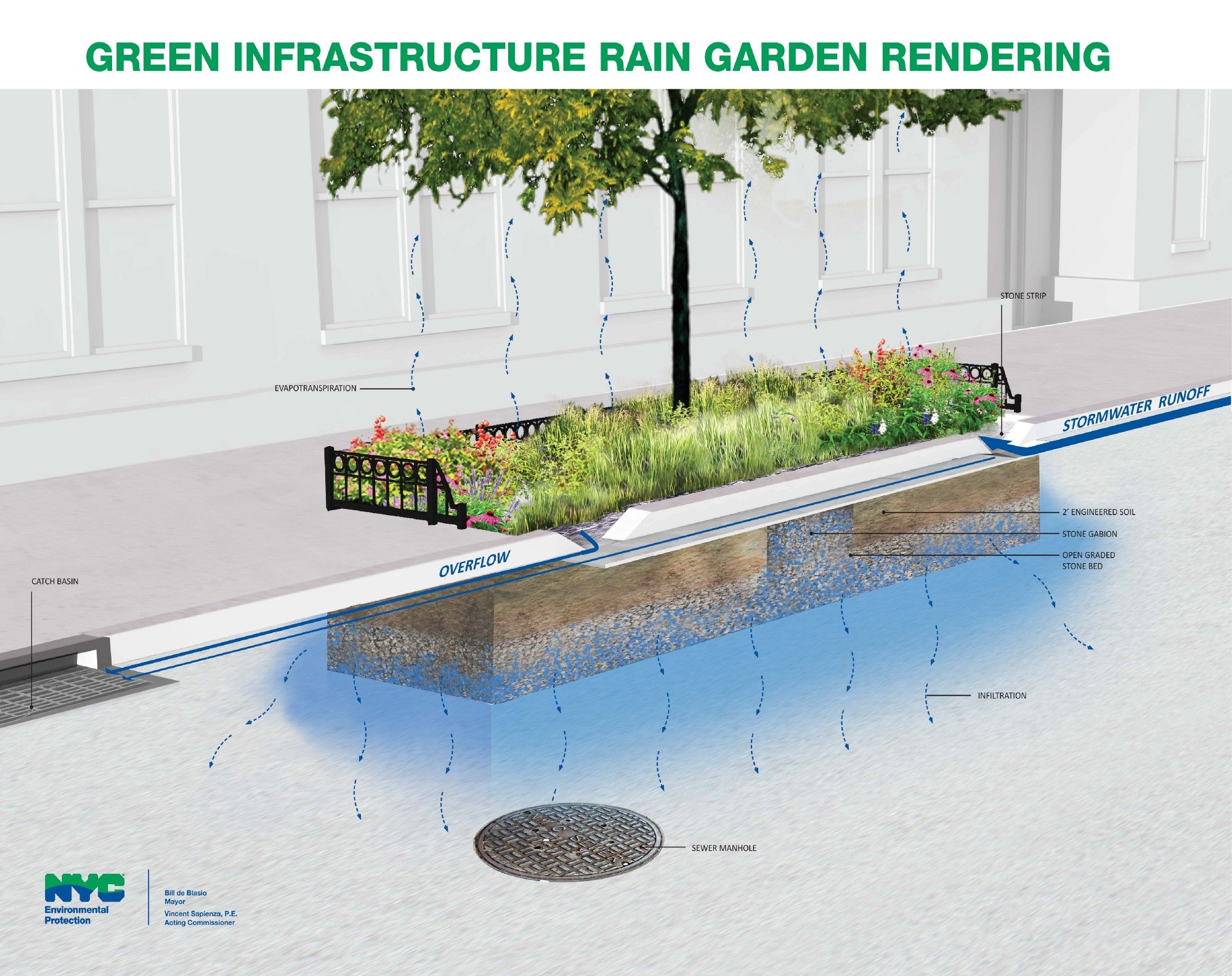Rain Gardens Coming to Central-Southern Brooklyn

Flatbush/Kensington- Over the last month, many of you have been asking what’s up with the green markings on the sidewalks that have been spotted from McDonald Avenue, along Church Avenue to Flatbush, to Coney Island Avenue, Beverley Road, Cortelyou Road and most side streets in the middle :



In order to reduce stormwater runoff overwhelming the combined sewer system that ends up sending untreated sewage into open waters when it rains, the city has been working on installing rain gardens across mostly Queens and Eastern bits of Brooklyn for the last five years. Now they are exploring potential spots in communities south of Prospect Park:
Despite repeated requests, we were provided no timeline for the phases you can see in the map above, but it seems that from when you spot the markings to when the rain gardens start appearing takes about 18 months.
Rain gardens act as catch basins that can absorb excess rainwater and drain it slowly into the sewer system, while also beautifying the streetscape. Each rain garden can hold up to 2,000 gallons of stormwater, which would hopefully help to reduce the number of urban lakes we have been experiencing after heavy rains.

After the potential spots are marked on streets identifying locations that will not conflict with utilities, soil samples are collected and tested from each location to see if it can absorb stormwater. This can take several months, according to the NYC Department of Environmental Protection (DEP) that is overseeing the project.
The end product looks like this (see more photos from across the city):

Each property owner will also receive a letter informing them if a rain garden is coming to their bit of the sidewalk.
The city will be taking care of the rain gardens, including weekly maintenance and inspections, DEP says. They promise that maintenance crews will remove litter and weeds, and that water will not remain standing, providing potential breeding grounds for mosquitoes. Residents in Queens were not too thrilled with their experiences, NYTimes reported last year.
Here is more about how it all works and why it is necessary:




